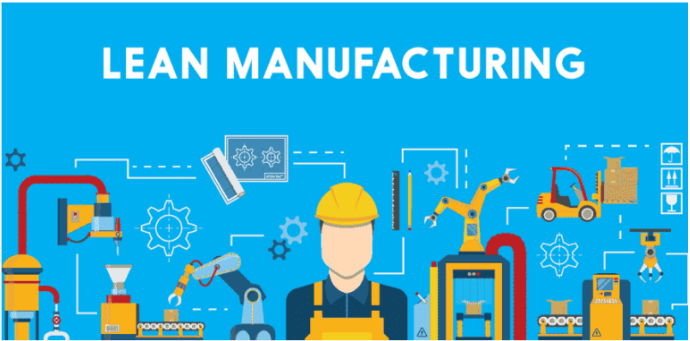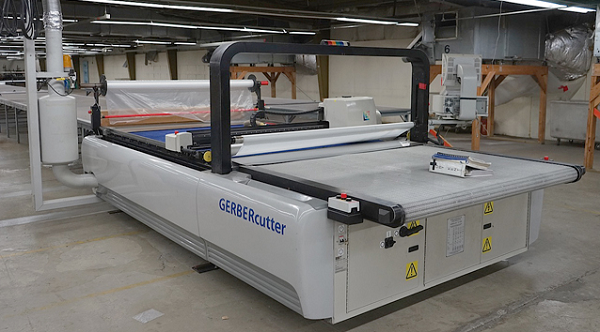Lean manufacturing was originally developed by Toyota is a methodology focused on minimizing waste while maximizing productivity. At its core, this philosophy revolves around delivering increased value to customers while utilizing fewer resources. This approach focuses on cutting out waste across all stages of the manufacturing process. From the careful management of raw materials and labor to the optimization of machine operations and inventory, lean manufacturing seeks to refine each element involved in production.
In garment factories, it’s essential to focus on minimizing activities that don’t add value, such as unnecessary movement, overproduction, defects, and idle time. This approach should be balanced with a commitment to maintaining quality and timely delivery. By embracing Lean principles in these settings, manufacturers can enhance their overall throughput, reduce delays, and eliminate unnecessary expenses. At the same time, they can effectively respond to customer demands for prompt delivery and superior product quality.
Key principles of Lean Manufacturing in garment factories:
1. Value Stream Mapping (VSM): Value Stream Mapping is a key tool used in Lean Manufacturing that helps factories visualize each step of their production process, from raw materials to finished items. By looking closely at the entire workflow, garment factories can spot inefficiencies, like too much inventory or long waiting times.
2. Elimination of waste: Lean manufacturing focuses on pinpointing and removing seven distinct forms of waste that can hinder efficiency, namely
- Overproduction
- Waiting
- Transport
- Excess inventory
- Over-processing
- Defects
- Motion
Through minimizing these wastes, garment factories can lead to significant improvements in productivity and cost savings.
3. Continuous Improvement (Kaizen): Kaizen is about making small, daily improvements in a workplace, which is especially helpful in a garment factory. Instead of waiting for big changes, employees are encouraged to share their ideas in meetings to fix issues and improve efficiency. For instance, one factory tackled frequent machine breakdowns in the cutting section by setting up regular maintenance and training workers to handle minor problems, leading to fewer delays and increased output.
4. Standardized Work: Standardized work in garment factories means everyone does their tasks in the best and most efficient way possible. By setting clear guidelines for processes like sewing, ironing, and quality checks, workers can maintain a consistent level of quality and speed. It is very crucial for a garment factory where precision and speed are critical.
5. Just in Time (JIT)/ Balancing/ Pull System: A Pull System is an approach used in garment factories that focuses on making products only when there’s actual customer demand, rather than relying on predictions. This method reduces overproduction and keeps inventory low, saving both resources and storage space.
6. Pursuit of perfection: Lean manufacturing focuses on continuous improvement, even when operations are running smoothly. In garment factories, this can mean gathering worker feedback, spotting small delays, and making minor tweaks to boost sewing line efficiency. It’s all about steady daily improvements rather than achieving perfection right away.
In the garment industry, various lean manufacturing tools help improve efficiency and quality. Key methods include 5S for organizing workspaces, KPIs for measuring performance, and Kanban boards for managing workflow. Techniques like Bottleneck analysis and Root cause analysis identify and resolve issues, while continuous improvement practices, such as Kaizen and PDCA, foster ongoing progress. By visualizing management systems and focusing on preventing waste, known as Muda, businesses can enhance productivity.
Adopting Lean Manufacturing in garment factories brings many advantages, such as lower costs, better quality, and happier employees and customers. By cutting out waste, streamlining processes, and continuously improving, these factories can work more efficiently. However, the transition to a lean approach can be challenging, with potential resistance from staff, lack of proper training, and execution pitfalls. Being mindful of these hurdles can make the shift smoother and more successful.
References:
1- https://www.coatsdigital.com/en/blog/lean-manufacturing-in-rmg-barriers/
3- https://ordnur.com/apparel/implementation-lean-manufacturing-garments-factory/



